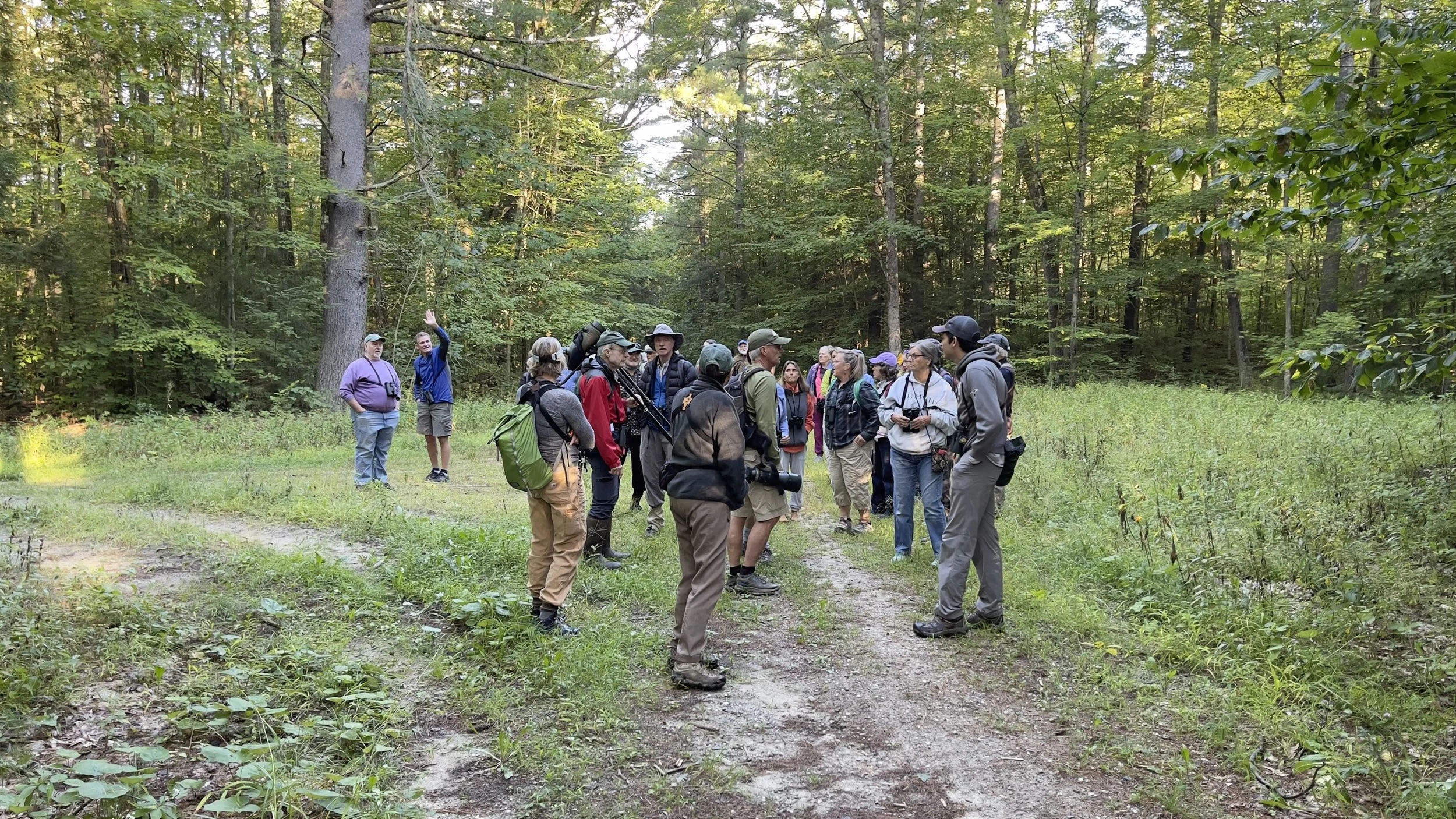I have the good fortune to monitor a Peregrine Falcon nesting site through a program managed by Margaret Fowle of Audubon Vermont. Each spring for the past several years I have traveled to a cliff site called Upper West Bolton Notch to check on a pair of Peregrine Falcons. The site has been productive, with chicks fledging each year. It is wonderful to be one of the few people who get to see the fastest animal on Earth training its young to become the fastest animal on earth. In graceful flights the parent shows its offspring how to use all of the tools available - body, wings, tail, talons, bill - to maximize its chances of thriving. In this way, one generation ensures that the next generation may be successful.
Bird Outings and Monitoring
Unusual Bird Sightings
Educational Grants Touch Hundreds of Students' Lives
Combined GMAS grants of $6,000 have given over 200 students access to a wide variety of educational programs and activities in 2022. A $5,000 grant to Audubon Vermont provided scholarship funds to a diverse group of students, according to Debbie Archer, Education Program Manager at Audubon Vermont. “It really covered the full range of educational opportunities we have here at Audubon, like our Forest Classroom and our Forest Playschool programs, and then also summer camp.”
Birding Hotspot Highlight
Delta Park is located in Colchester in Chittenden County. This magnificent natural area encompasses 55 acres of diverse habitats that include lakeside marshes, buttonbush swamp, sand beaches, grassland, river, and lake. Delta Park is one of 17 Important Bird Areas (IBA) in Vermont and has been owned and managed by the Winooski Valley Park District since 2008. The current checklist includes 251 species, making it the top birding spot in Vermont!
Slight Rebound Seen in Common Terns on Lake Champlain
The 2022 Common Tern (Sterna hirundo) breeding population in Vermont rebounded moderately in 2022 from low numbers and low reproductive success in 2021. Breeding population numbers were up slightly from 2021, and more than 100 chicks survived to fledging. This was still lower than the 2020 breeding population of 230 pairs with more than 250 chicks fledging.






